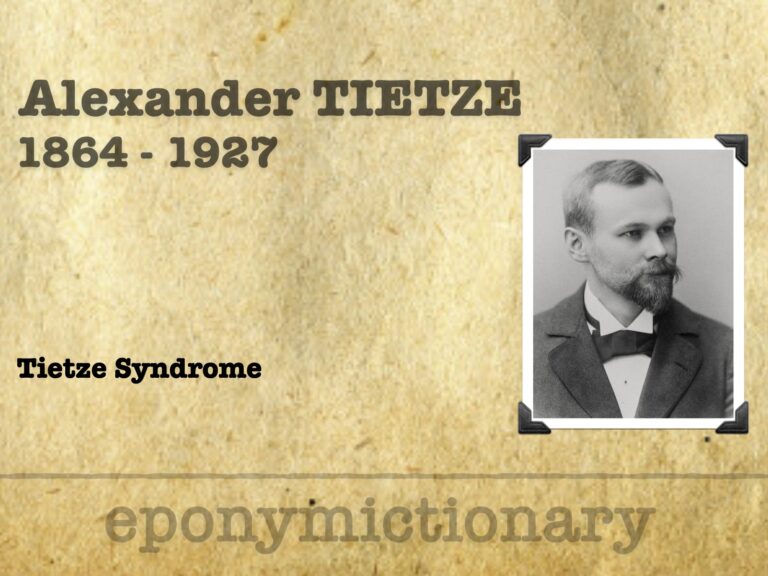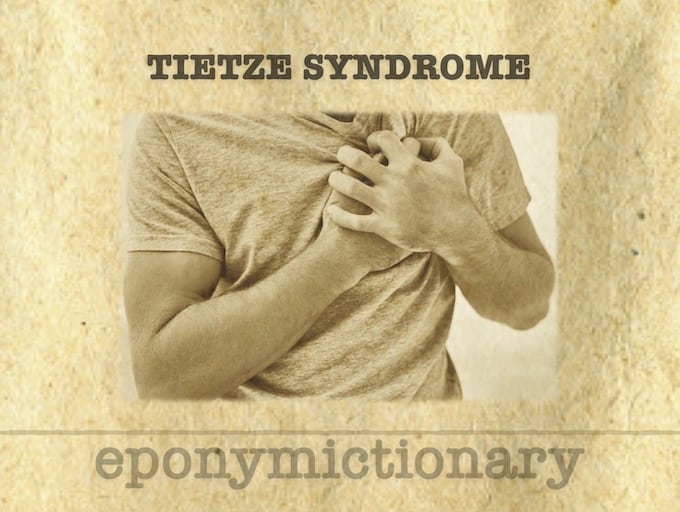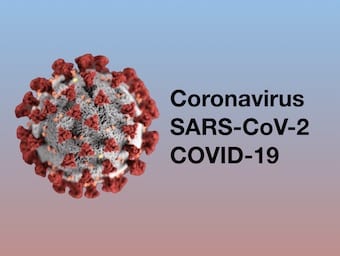
Alexander Tietze
Alexander Tietze (1864–1927), German surgeon who described Tietze syndrome. Expert in emergency surgery and civic leader in Breslau during WWI.

Alexander Tietze (1864–1927), German surgeon who described Tietze syndrome. Expert in emergency surgery and civic leader in Breslau during WWI.

Tietze syndrome: benign swelling of upper costochondral cartilage, causing localized chest pain. Often confused with costochondritis; self-limiting.

Part 3 of the "COVID-19: Keeping the baby in the bath" series discussing whether COVID-19 is part of acute respiratory distress syndrome (ARDS) and the importance of lung compliance.

Discussing "silent hypoxaemia" and timing of intubation. Part 2 of the COVID-19: keeping the baby in the bath" series

Spontaneous breathing can occur without ventilatory support (unassisted spontaneous breathing) or be integrated with mechanical ventilation with assisted ventilation modes (assisted spontaneous breathing).

Overview of lung imaging for COVID-19 pneumonia, from a critical care perspective (Critical Care Compendium)

Emergency Medicine Critical Care (EMCC) is a brand new monthly publication by EB Medicine, the same folk that bring the monthly updates Emergency Medicine Practice (EMP) and Pediatric Emergency Medicine Practice (PEMP). If you haven’t had a chance to look…

Transfusion related acute lung injury (TRALI) is defined as hypoxia and bilateral pulmonary edema occurring during or within 6 h of a transfusion in the absence of other causes such as cardiac failure or intravascular volume overload

Platypnea-orthodeoxia (P-O) syndrome is an under-diagnosed condition characterized by dyspnea and deoxygenation when changing from a recumbent to an upright position

Oxygen saturation targets in critical illness. Both the extremes of hypoxaemia and hyperoxia have the potential to harm critically ill patients and worsen their outcomes

Can have one or both lungs transplanted depending on disease process. Single lung transplants only suitable for non-infective conditions that will not go on to damage new lung, with no cardiac disease

Negative pressure pulmonary edema (NPPE) is a form of noncardiogenic pulmonary edema (PE) that results from the generation of high negative intrathoracic pressure (NIP) needed to overcome upper airway obstruction